"19,000 Serbian citizens sought asylum in EU"
The number of Serbian citizens seeking asylum in member countries of the European Union (EU) has not diminished over the year, says Sena Marić.
Friday, 27.12.2013.
16:04

BELGRADE The number of Serbian citizens seeking asylum in member countries of the European Union (EU) has not diminished over the year, says Sena Maric. This political analyst with the Asylum Protection Center NGO added that the number will be about 19,000 by year's end, "just like last year." "19,000 Serbian citizens sought asylum in EU" But only about one percent of these are granted asylum, Maric observed. “These are predominantly national minority members. Our sample was comprised of more than 90 percent of Roma, followed by Albanians and a small number of people of Serb ethnicity. The worrying fact is that when they return to Serbia, they see no future for them and are disappointed and pessimistic about their integration,” Maric said at a news conference held at the Tanjug Press Center. In 2012, she said, Serbia was fourth in Europe by the number of asylum seekers, leaving even Somalia, Eritrea and Sudan behind. Since the introduction of visa-free travel for Serbia in 2010, around 70,000 Serbian citizens have sought asylum in European countries, and the peak year was 2012, with more than 19,000 requests for asylum, she added. “The number has not decreased this year and according to available data, it exceeded 16,500 around October. This is more when compared to the same period last year and at least the same number of requests (as in 2012), and possibly more than the 19,000, can be expected by the end of the year. And that is a major cause for concern,” said Maric. Speaking about persons seeking asylum in Serbia, Asylum Protection Center Executive Director Rados Djurovic said that he expects there will be more than 5,000 requests by the end of the year. A great number of people are arriving from Syria, Eritrea, Somalia, Afghanistan, Algeria and Mali, and 63 percent of them are fleeing their countries to avoid armed conflict and persecution. "About 25 percent of them are fleeing for economic reasons, such as poverty, shortage of food and water, and 12 percent are those who have combined reasons. When asked whether the people want to return (to their countries), 65 percent of those who left their countries to avoid persecution say they are willing to do that after the armed conflicts (in their countries) end,” Djurovic said. Djurovic said that the asylum system in Serbia is facing an extremely difficult situation and it cannot deal successfully with this many asylum requests. (B92, file) Tanjug
"19,000 Serbian citizens sought asylum in EU"
But only about one percent of these are granted asylum, Marić observed.“These are predominantly national minority members. Our sample was comprised of more than 90 percent of Roma, followed by Albanians and a small number of people of Serb ethnicity. The worrying fact is that when they return to Serbia, they see no future for them and are disappointed and pessimistic about their integration,” Marić said at a news conference held at the Tanjug Press Center.
In 2012, she said, Serbia was fourth in Europe by the number of asylum seekers, leaving even Somalia, Eritrea and Sudan behind.
Since the introduction of visa-free travel for Serbia in 2010, around 70,000 Serbian citizens have sought asylum in European countries, and the peak year was 2012, with more than 19,000 requests for asylum, she added.
“The number has not decreased this year and according to available data, it exceeded 16,500 around October. This is more when compared to the same period last year and at least the same number of requests (as in 2012), and possibly more than the 19,000, can be expected by the end of the year. And that is a major cause for concern,” said Marić.
Speaking about persons seeking asylum in Serbia, Asylum Protection Center Executive Director Radoš Đurović said that he expects there will be more than 5,000 requests by the end of the year.
A great number of people are arriving from Syria, Eritrea, Somalia, Afghanistan, Algeria and Mali, and 63 percent of them are fleeing their countries to avoid armed conflict and persecution.
"About 25 percent of them are fleeing for economic reasons, such as poverty, shortage of food and water, and 12 percent are those who have combined reasons. When asked whether the people want to return (to their countries), 65 percent of those who left their countries to avoid persecution say they are willing to do that after the armed conflicts (in their countries) end,” Đurović said.
Đurović said that the asylum system in Serbia is facing an extremely difficult situation and it cannot deal successfully with this many asylum requests.



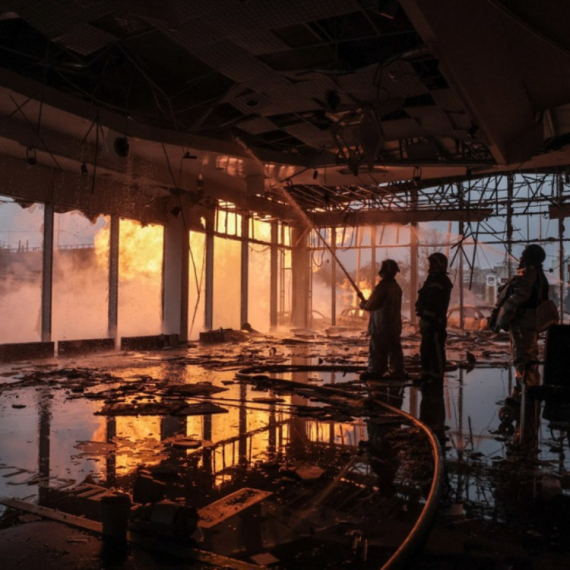
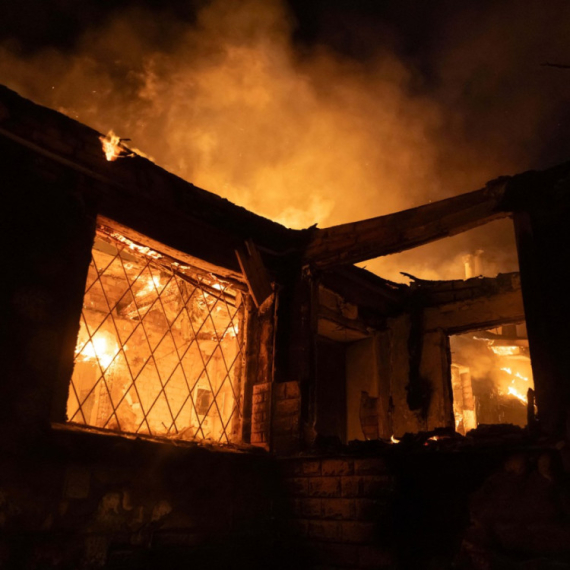
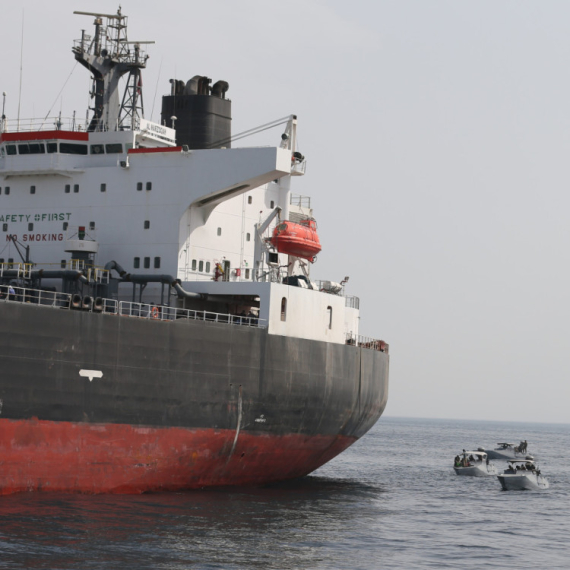



















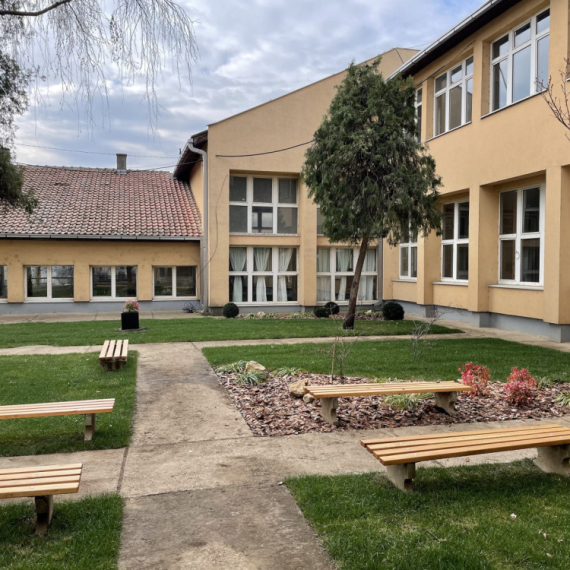


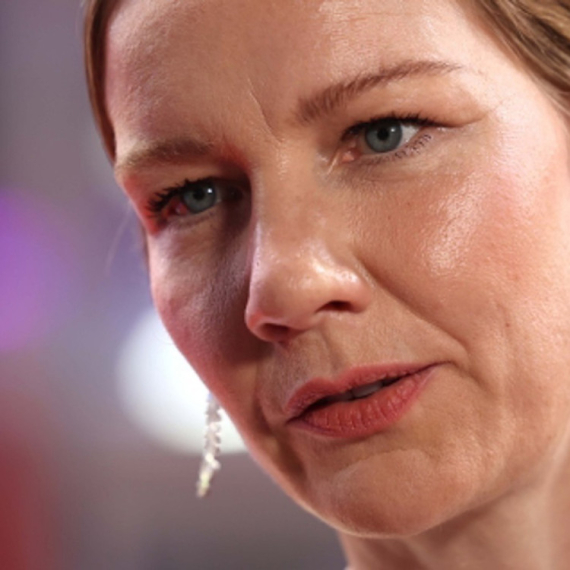












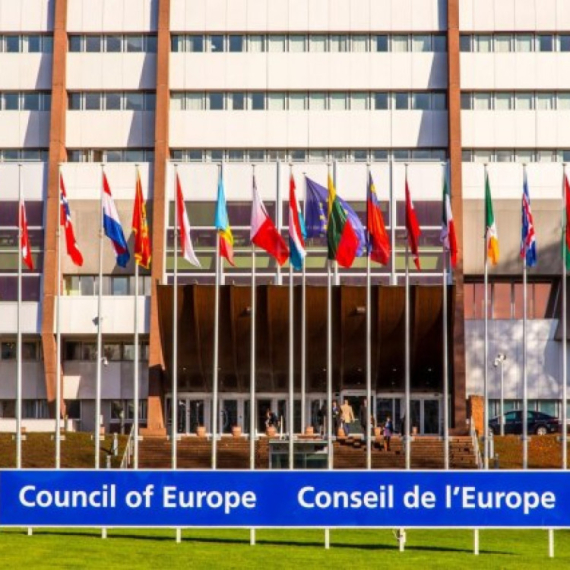










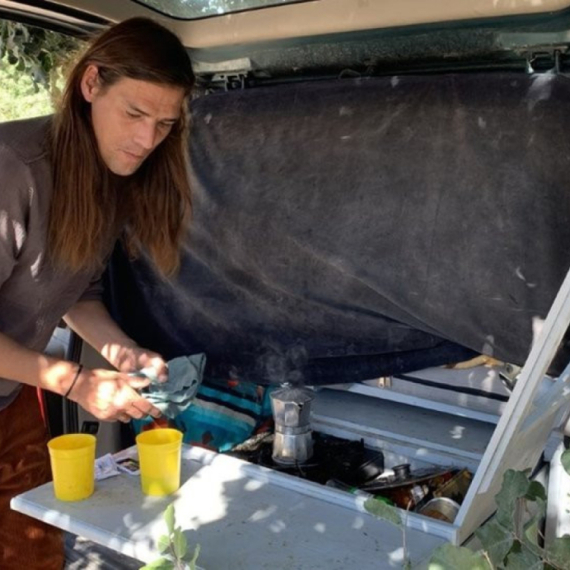
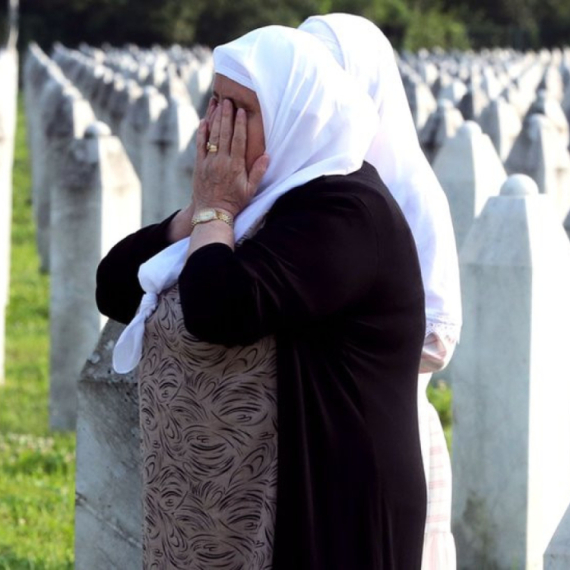
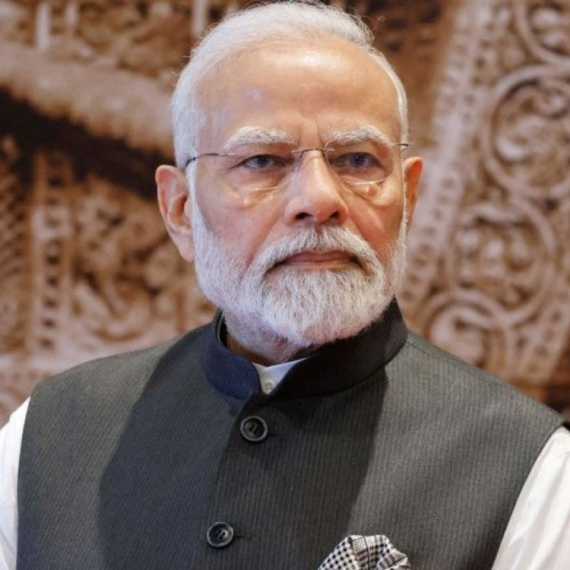

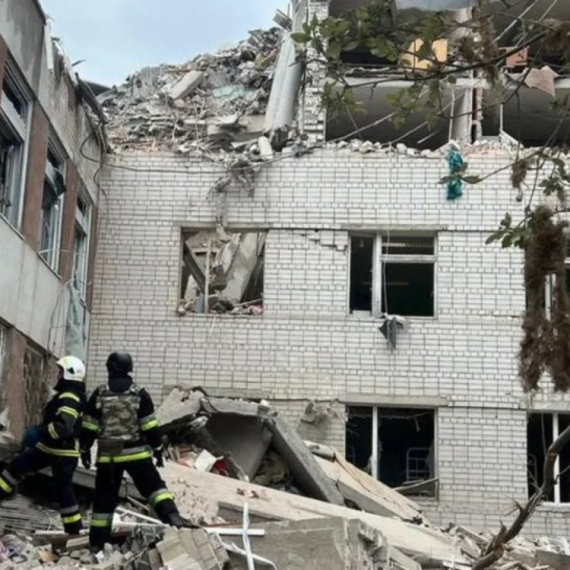

Komentari 7
Pogledaj komentare